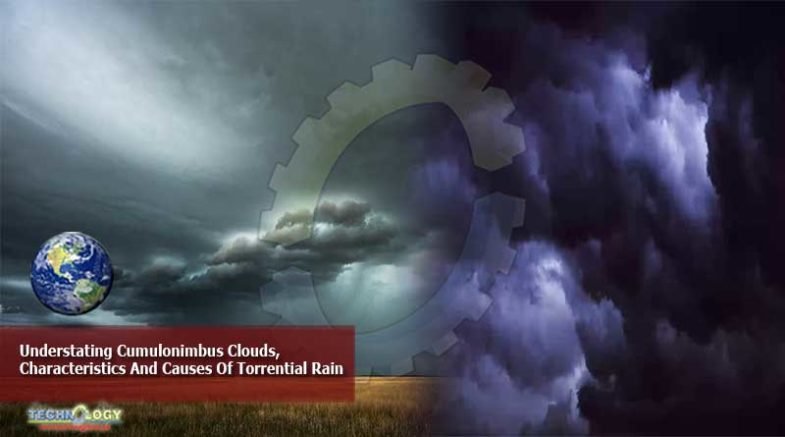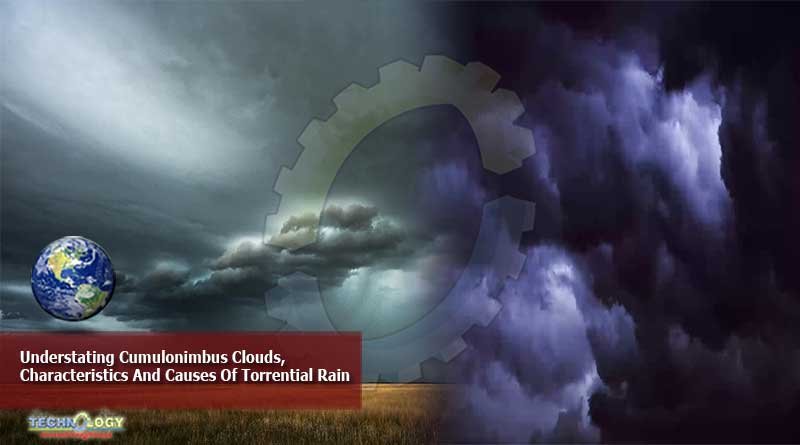Known for their anvil-shaped tops, these threatening-looking clouds often produce heavy rain, thunder and lightning

Clouds are essentially a collection of tiny droplets of water or ice crystals in the atmosphere. They are formed when rising air cools to its dew point, at which the air becomes saturated. Further cooling allows water vapour to condense into cloud droplets.
Cumulonimbus clouds are one of the most recognisable cloud types, characterised by their threatening anvil-shaped tops and the torrential rain, hail, thunder and lightning that they often produce. They are the tallest clouds we see, and can extend through the entire height of the troposphere. They are often isolated, but can also develop along fronts.
In the UK, these clouds are associated with thunderstorms, most commonly in summer. Single cell thunderstorms form through local convection as a result of instability. Air rising rapidly can form a towering cumulonimbus cloud. Single cell storms usually last less than an hour, but multicell or supercell storms can last longer.
A “Spanish plume” can bring an increased risk of thunderstorms to the UK. Very warm air from Spain travels northwards meeting cooler air at height. This instability allows the hot air to rise and can result in the formation of cumulonimbus clouds. This setup generated many thunderstorms in July 2014, with 43mm recorded within just one hour in Essex.
83 days to save the Earth …
… we’re all in. Are you? On November 4, a day after the presidential election, the US will formally withdraw from the Paris agreement on constraining global heating. It’s urgent that we tell the world what this means, and the Guardian is pulling out all the stops to do so. Will you help us by supporting our journalism?
Millions are flocking to the Guardian every day. Financial support from our readers is crucial in enabling us to produce open, fearless, independent reporting that addresses the climate emergency. It helps sustain the freedom we have to present the facts comprehensively, explain the details as they unfold, and interrogate the decisions made.
The Guardian recognises the climate emergency as the defining issue of our times. That’s why we have pledged to give climate change, wildlife extinction and pollution the sustained attention and prominence they demand, as a core part of our journalism.
At this pivotal moment for our planet, our independence enables us to always inform readers about threats, consequences and solutions based on scientific fact, not political prejudice or business interests. This makes us different. And we are equally determined to practice what we preach: we have divested from the oil and gas sectors, renounced fossil fuel advertising and committed to achieving carbon neutrality by 2030.
We believe everyone deserves access to information that is fact-checked, and analysis that has authority and integrity. That’s why, unlike many others, we made a choice: to keep Guardian reporting open for all, regardless of where they live or what they can afford to pay. Our work would not be possible without our readers, who now support our work from 180 countries around the world.
The article is originally published at the guardian,
